Things to do with SEO to stimulate website development
SEO - Search Engine Optimizer, is still the most valuable development tool on the Internet e-commerce market . Make sure your website has all the necessary components in accordance with the SEO principles of operation, which will greatly improve your search capabilities from Search Engines. Below is a list of the basics to be implemented by the user community, contributing and sharing.

Direct optimization operations:
1. Keyword search:
Take the time to research, search and choose the most relevant keywords for your website. Every step in the entire Online Marketing phase is based on these selected keywords. Targeting key words, has many meanings, makes readers easy to remember and they will definitely come back the next time. The whole process cannot be done quickly, so be patient and creative.
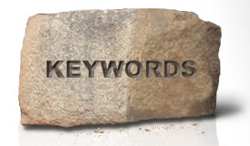
2. Structure of website and link:
A logical structure, easy to understand and easy to navigate by Search Engine and users is an extremely important component of the overall SEO model. Try to build a basic system such as the 'directory structure' of the operating system, the categories are clearly categorized, arranged in order and science, corresponding to the main topics and extra comes. Apply the same with the URL, as simple and concise as possible.
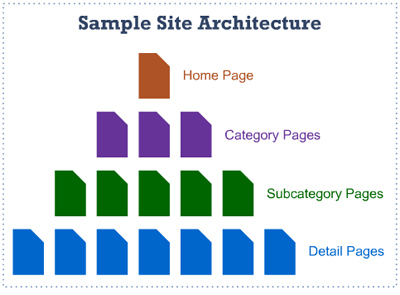
3. Unified, non-duplicate content:
Every page in your entire website should be consistent with certain standards, there should not be any repeating points.
- Using 301 redirect to point to the address without www
- Using 301 redirect to point files in .html, .htm, and .php format of the home page to the original address, such as www.quantrimang.com
- Using standard tags proposed by Google, when using this function, the Search Engine will know exactly which page is the most preferred page.
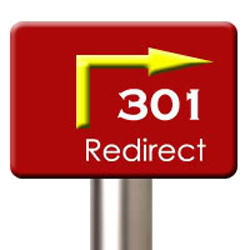
4. Meta Data - 'Metadata':
- Tags: assign keywords on the title of the page, and this page is used to display in the search process of the Search Engine. This Title tag describes the keywords closest to the title.
- Card: similarly, every certain page must have a separate item, that is description. This content tag accurately describes the content mentioned within, should not be too lengthy but must summarize the full content, usually all this information will be generalized in about 150 characters equivalent to 2 the sentence.
- Tags: Google does not search for keywords in this tag to compare with the search results as well as other spam results. The expansion of this card is quite effective, but does not affect your website. Besides, there are still some Search Engine that use keywords in this tag to evaluate and rank.

5. Content in the page and density of keywords:
The original and unified content can be considered 'lifeline' of the online world. The main goal of Search Engines is to provide the most accurate results for each user query. Add content effectively to each page with an average of 450 - 550 words most appropriate. In addition, make sure that key keywords are used and mentioned within 25 from the beginning and the end of the entire content, adjusting the density of this keyword arrangement to the most reasonable level. The same keyword should not be used, but if it is based on Search Engine's ability to classify with related, synonymous or antonyms.
Keep up-to-date with the latest content or news via the private or business blog section, which can ensure that Search Engine data search entries always look to your news site regularly, thereby lifting High ranking index.

6. Use Anchor Text and link links:
Creating an internal link structure for the website will bring unbelievable efficiency, rankings and search efficiency to users. Using keywords prepared through Anchor Text (simply a link to sites), take the time to create many different effective links, but remember to limit this. If overused, the page will become extremely confused, users who click anywhere also find the link link is not recommended.

7. Title page (H1 - H6):
Each subpage on the entire website should have a head H1 card. This tag contains the main keywords you want to emphasize, the average length of 3-4 words. The remaining tags from H2 to H6 are reasonably used between different sites and content sites, so these head tags should be applied to group certain sections and sections of the site clearly and systematically.
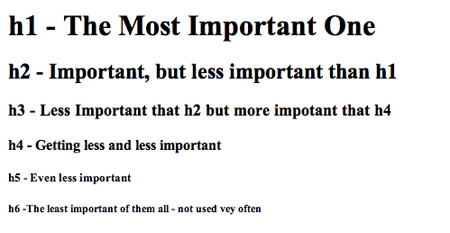
8. Alt tags with specific information of photos:
In essence, the Search Engine cannot 'read' the exact content on the photos, so naming it appropriately with the information posted on the photo is also an equally important step.

9. Sitemap:
Your entire website should have 2 sitemaps as follows:
- HTML Sitemap is created for users to easily monitor, generalize and navigate specific information on the entire website.
- XML Sitemap for Search Engine, acts as a miniature 'map' for SE's main search function. Give the information of the sitemap URL into the Robots.txt file and 'send' to Webmaster Tool
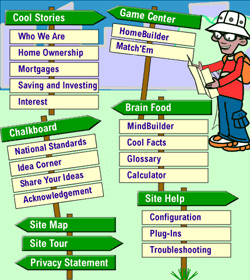
10. Robots.txt file:
Create a Robots.txt file to 'notify' the SE functions that don't look to fixed pages, such as the main admin page.

11. Google Webmaster tools and analysis:
Register and create an admin account with Google, Yahoo or Bing to monitor website development with their tools. Google administration tools allow users to check related factors such as ranking status (how many specific pages are sorted into Google search listings), backlink links (in places where SE finds the link pointing to your website), search keyword and any errors that Googlebot found inside the content page.
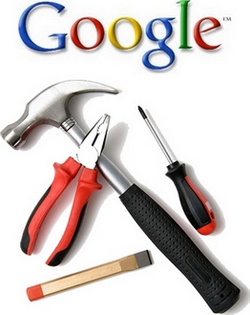
Some indirect optimization operations:
When you have completed the steps above, the work is now really starting. You need to actively promote the website online for ranking rankings. The reciprocal link is still the most important element of Organic Search Engine Result, easy to use, and therefore often abused in search results leading to misleading status. But users don't need to worry, because Search Engine developers have made improvements and updates to improve performance and accuracy in search results, which directly affect users and their website.
- The Anchor Text and the internal link : try to apply the link with the link keywords in the content page every time you set up. Each of these links has a similar role to a 'vote' for a website, using this flexible method will help you improve the website's 'position' in the Search Engine's search results.
- The origin of external links : choose sites that have high reputation, reliability and stability.
- Links from similar sites : should create such links with content directed to the main topic of the website.
- Quantity and quality : consider between these 2 factors so that it is reasonable. The allocation of links is likely to attract readers, primarily focusing on the main topic of each article or the main content of the page.
- The exchange rate path : creating too many links in a short period of time in your website is not a job. Take it slowly but make sure!
- Number of links from any one page
- IP address from internal links : receive paths from different C-class IP addresses. Google denies that they don't trust the links from the same IP address, but Yahoo and Bing are the opposite.
- 'Free' with all the links : building links for quality and efficiency is extremely difficult, but don't be too difficult to share them.
Popular social networking models today are also very good tools to introduce and promote your website to people, such as Twitter, Facebook and YouTube. Good articles, unique products, bold ideas . if posted here will attract a huge number of readers, and your chances of success will also increase. Good luck!
You should read it
- SEO: Professionals who promote websites
- How to use multi.link to create a personal website sharing page
- How to optimize Delivery Optimization cache in Windows 10
- Do you know how to prevent website theft?
- Some basic concepts to know about Search Engine Optimization - SEO (part 1)
- 11 ways to optimize search keywords without compromising on content
- How to optimize content for mobile websites
- Dynamic website design with Drupal source code 7 - Part 1
- How to share data between devices without installing software
- How to use the External Sharing feature in Office 365
- Learn about digital content management (DRM)
- 5 SEO tools to help improve web traffic






 16 habits need to practice immediately to stimulate thinking and brain
16 habits need to practice immediately to stimulate thinking and brain 20 The most important website in the history of Internet development (part 1)
20 The most important website in the history of Internet development (part 1) What Makes A Successful Ecommerce Website? Find Out Here
What Makes A Successful Ecommerce Website? Find Out Here Instructions for creating websites with WordPress from A to Z (Part 1)
Instructions for creating websites with WordPress from A to Z (Part 1) Don't ignore these 10 security tips when creating a new website
Don't ignore these 10 security tips when creating a new website Things to consider before creating a website
Things to consider before creating a website